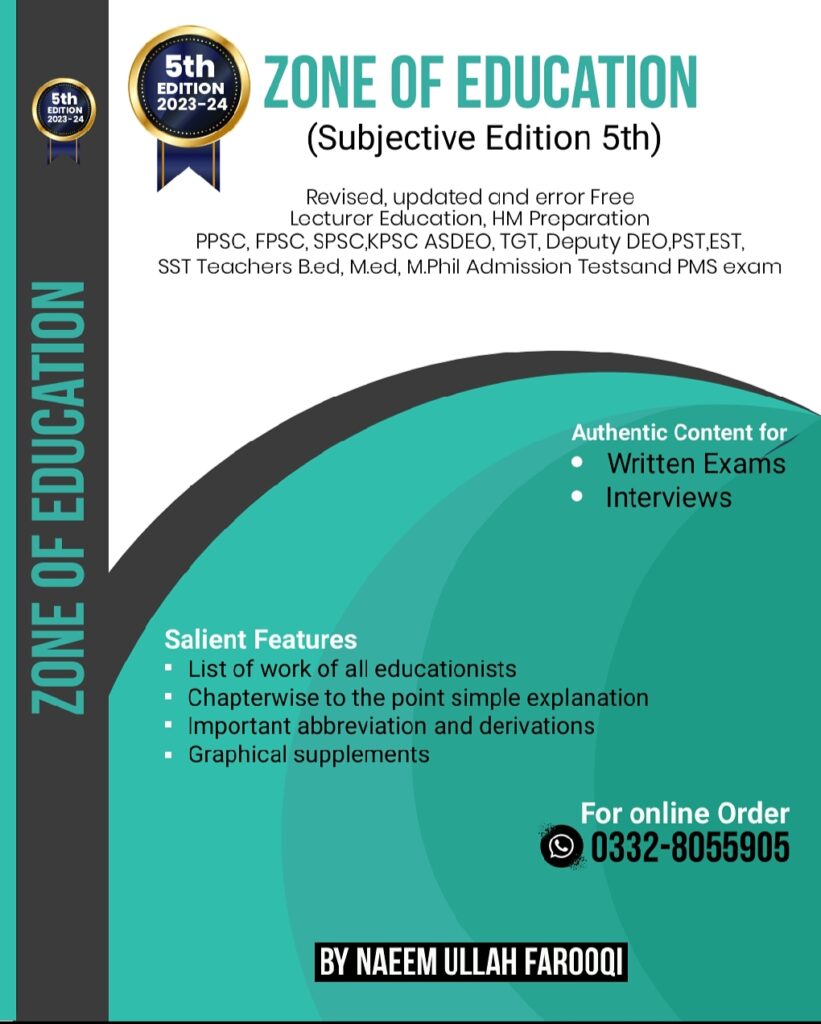Educational Research
.1. Cause and effect relationship is established in:
(a) Historical Research
(b) Experimental Research
(c) Action Research
(d) Descriptive Research
2. Control group is a characteristic of:
(a) Historical Research
(b) Experimental Research
(c) Action Research
(d) Descriptive Research
3. Data is collected through a questionnaire, interview, or observation in:
(a) Historical Research
(b) Experimental Research
(c) Action Research
(d) Descriptive Research
4. Development and testing of hypotheses is necessary in:
(a) Historical Research
(b) Experimental Research
(c) Action Research
(d) Descriptive Research
5. A tentative explanation of a phenomenon or event is:
(a) Problem
(b) Hypothesis
(c) Data
(d) Analysis
6. The important characteristic of a research problem is:
(a) Novel
(b) Significant
(c) Researchable
(d) All above
7. Hypothesis which states no relationship between two variables is:
(a) Research hypothesis
(b) Null/Statistical Hypothesis
(c) Non-Directional Hypothesis
(d) None of above
8. Hypothesis which states a relationship between two variables is:
(a) Research Hypothesis
(b) Null/Statistical Hypothesis
(c) Non-Directional Hypothesis
(d) None of above
9. The group selected for the purpose of research is:
(a) Population
(b) Sample
(c) Sampling
(d) None of above
10. The representative group selected by specific procedure from the population is:
(a) Population
(b) Sample
(c) Sampling
(d) None of above
11. The specific procedure used to select a representative group from the population is:
(a) Population
(b) Sample
(c) Sampling
(d) None of above
12. The minimum size of a sample in experimental research is:
(a) 15 per group
(b) 25 per group
(c) 50 per group
(d) 75 per group
13. Sampling in which all individuals have an equal chance of selection is:
(a) Systematic Sampling
(b) Random Sampling
(c) Stratified Sampling
(d) Cluster Sampling
14. Representation of the same proportion of individuals in a sample as they exist in population is:
(a) Systematic Sampling
(b) Random Sampling
(c) Stratified Sampling
(d) Cluster Sampling
15. The sampling in which a group rather than individuals are selected is:
(a) Systematic Sampling
(b) Random Sampling
(c) Stratified Sampling
(d) Cluster Sampling
![]()
![]()
26. The sampling in which individuals are selected from a list at specific interval sequences is:
· (a) Systematic Sampling
· (b) Random Sampling
· (c) Stratified Sampling
· (d) Cluster Sampling
Answer: (a) Systematic Sampling
27. The minimum sample size in descriptive research is:
· (a) 10% of the population
· (b) 20% of the population
· (c) 30% of the population
· (d) None of the above
28. Pre-testing the instrument to detect weakness is:
· (a) Sampling
· (b) Pilot Testing
· (c) Socio-metric Technique
· (d) Inventory
Answer: (b) Pilot Testing
29. The Arithmetic average of the scores is called:
· (a) Mean
· (b) Mode
· (c) Median
· (d) Standard Deviation
Answer: (a) Mean
30. What is the mid-point of scores called:
· (a) Mean
· (b) Mode
· (c) Median
· (d) Standard Deviation
Answer: (c) Median
31. The score that is attained by more subjects than any other score is:
· (a) Mean
· (b) Mode
· (c) Median
· (d) Standard Deviation
Answer: (b) Mode
32. The Mean of the scores 1, 2, 3, 4, 5 is:
· (a) 1
· (b) 2
· (c) 3
· (d) 4
Answer: (c) 3
33. The Median of the scores 11, 14, 5, 7, 8, 18, 15, 10 is:
· (a) 10
· (b) 10.5
· (c) 12
· (d) 14
34. The Mode of the scores 4, 1, 6, 4, 3, 5, 4, 5, 6, 3 is:
· (a) 3
· (b) 4
· (c) 5
· (d) 6
Answer: (b) 4
35. How many parts has a research report:
· (a) 2
· (b) 3
· (c) 4
· (d) 5
36. First part of a research report is:
· (a) Preliminary Pages
· (b) Main Body
· (c) Appendices
· (d) None of the above
Answer: (a) Preliminary Pages
37. The middle part of a research report is:
· (a) Preliminary Pages
· (b) Main Body
· (c) Appendices
· (d) None of the above
Answer: (b) Main Body
38. Last portion of the research report is:
· (a) Preliminary Pages
· (b) Main Body
· (c) Appendices
· (d) Conclusions
Answer: (c) Appendices
39. The basis of Experimental Research is:
· (a) Hypothesis
· (b) Assumptions
· (c) Conclusions
· (d) Findings
Answer: (a) Hypothesis
40. Examples of “research by purpose” are:
· (a) Basic and Applied
· (b) Action and Historical
· (c) Experimental and Applied
· (d) Descriptive and Action
Answer: (a) Basic and Applied
JOIN ZONE OF EDUCATIONPK!
Discover the most comprehensive and reliable pedagogy resources in Pakistan, curated for competitive exam success. Our content covers all competitive exam MCQs, including PPSC, FPSC, AJKPSC, SPSC, and more. Designed to empower learners with top-notch material and insights, trust us for your preparation journey!


